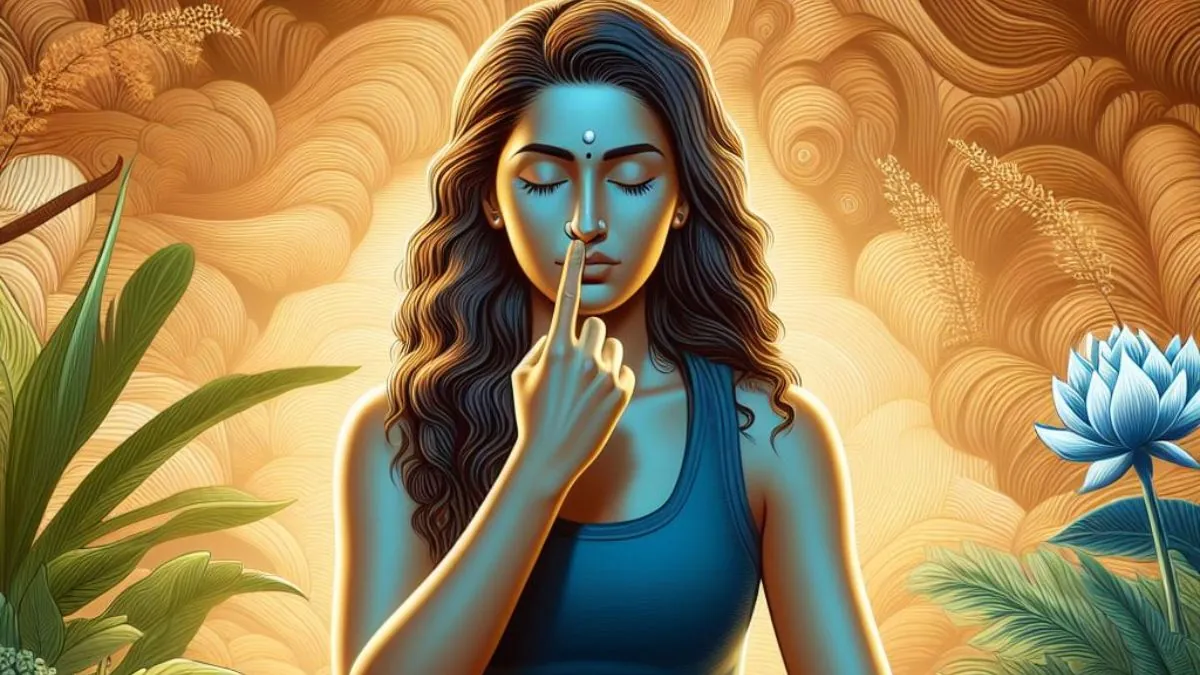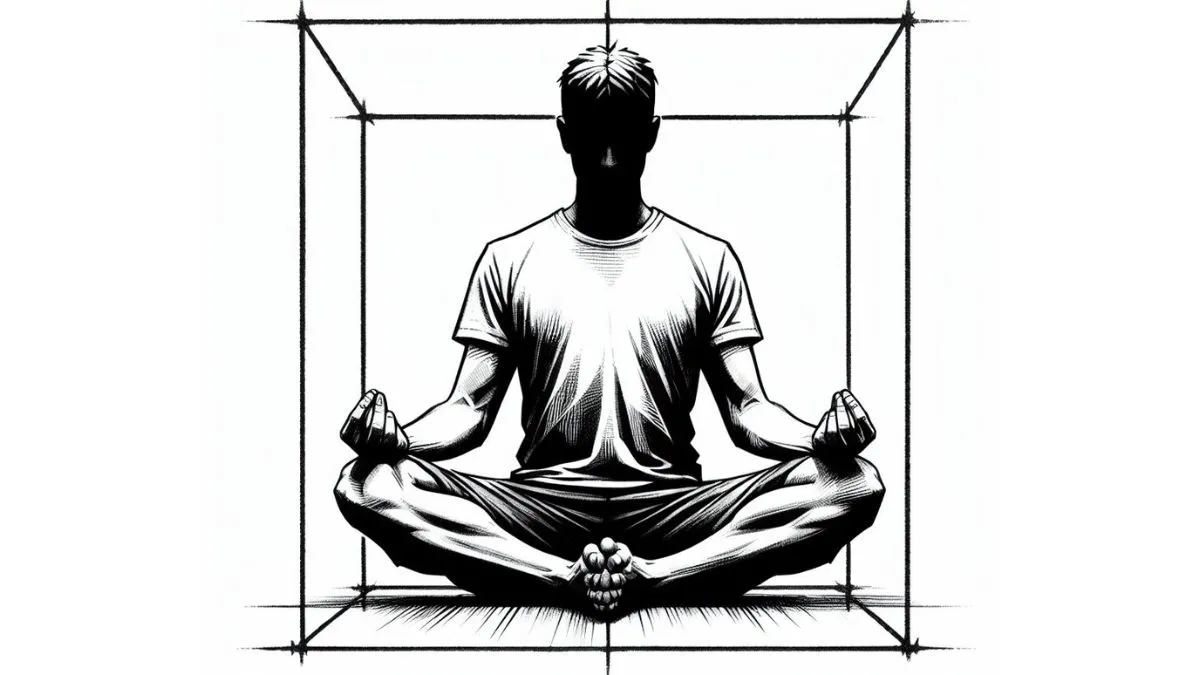Introduction
Veerasana, commonly known as the Hero Pose, is a classical yoga posture that exudes strength, stability, and courage. This seated asana holds significant importance in traditional yoga practices, symbolizing the qualities of a hero—a warrior of the inner realm. In this article, we explore the history, significance, benefits, step-by-step guide, and variations of practicing Veerasana.
Tracing the Roots of Veerasana
Veerasana has its origins in ancient yogic texts, including the Hatha Yoga Pradipika and the Gheranda Samhita. The name “Veerasana” is derived from the Sanskrit word “Veera,” meaning hero or warrior, and “asana,” signifying a yoga pose. This seated posture has been revered for centuries as a symbol of courage and inner strength, encouraging practitioners to embody the qualities of a hero on and off the mat.
Embodying the Heroic Qualities
Veerasana is a representation of the warrior’s courage, bravery, and fearlessness. It invites practitioners to face challenges with determination and resilience, fostering a deep connection with one’s inner strength and resilience. Just as a hero stands tall and unwavering in the face of adversity, Veerasana cultivates the same sense of empowerment and unwavering spirit within the individual.
Step-by-Step Guide to Practicing Veerasana

Follow these step-by-step instructions to master the Hero Pose with grace and courage:
- Begin in a kneeling position with your knees and feet together.
- Slide your right foot forward, placing it next to your right hip, and align your right knee with your right ankle.
- Extend your left leg backward, resting the top of your left foot on the floor, toes pointing backward.
- Place your hands on your thighs or bring them into a mudra of your choice, such as Chin Mudra or Jnana Mudra.
- Lengthen your spine and lift your chest, keeping your shoulders relaxed.
- Gently tuck your chin to lengthen your neck, and gaze softly forward or close your eyes.
- Breathe deeply and hold the pose for a few breaths, feeling a sense of groundedness and strength.
The Courageous Benefits of Veerasana
Veerasana offers a range of physical, mental, and emotional benefits:
- a) Strengthened Knees: The pose strengthens the knees and provides a gentle stretch to the quadriceps.
- b) Improved Posture: Veerasana encourages an upright spine, promoting better posture and alignment.
- c) Grounding and Stability: The seated posture fosters a sense of grounding and stability.
- d) Concentration and Focus: Veerasana requires focus, enhancing mental clarity and concentration.
- e) Emotional Resilience: Practicing this pose helps cultivate emotional resilience and courage.
Variations and Modifications
Veerasana can be adapted to suit individual needs and abilities:
- a) Props: If you have difficulty sitting comfortably on the floor, use a cushion or folded blanket to support your hips.
- b) Knee Sensitivity: If you experience discomfort in the knees, avoid placing the foot too close to the hip and use a cushion for support.
Precautions and Contraindications
While Veerasana is generally safe for most practitioners, consider the following precautions:
- a) Knee Injuries: If you have knee issues or injuries, practice the pose with caution and avoid deep flexion of the knees.
- b) Ankle Injuries: If you have ankle discomfort or injuries, avoid placing excessive pressure on the top of the foot.
Conclusion
Veerasana, the Hero Pose, epitomizes the virtues of courage, resilience, and strength in the face of challenges. As practitioners embrace this seated posture, they connect with the heroic qualities that lie within themselves—qualities that can be harnessed on and off the mat. With regular practice and a steadfast spirit, Veerasana becomes a gateway to self-discovery, empowering individuals to embrace their inner hero and face life’s journey with determination and fearlessness.


